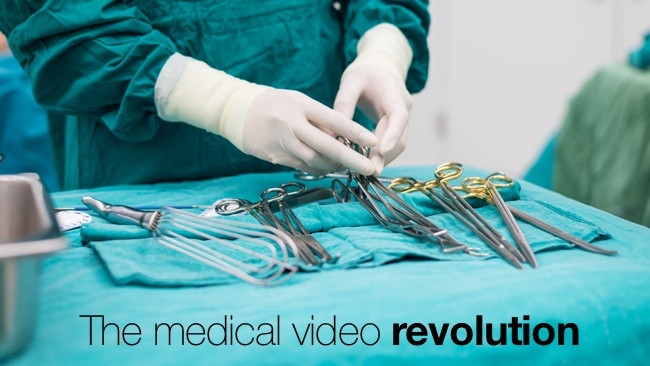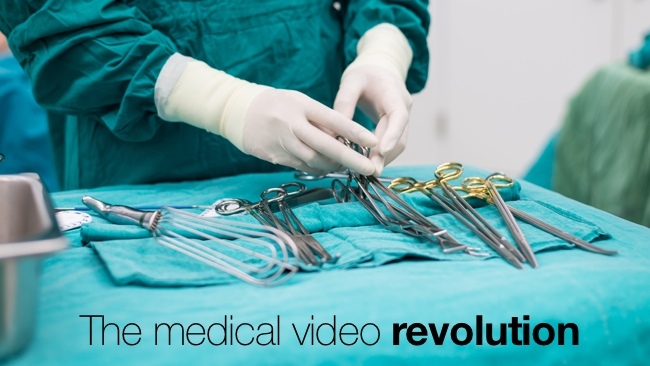
 The medical video revolution
The medical video revolution
There's a parallel world, mostly out of sight to the mainstream video industry. It's where video technology is being pushed to the limit, but for a different purpose
Video is an incredibly effective way to communicate ideas and information. And no more so than in hospitals.
Video and images associated with a patient can now be sent on a network to clinical professionals, making diagnosis and treatment more accurate and faster. It's a very visible field. High definition and, we imagine, 4K will give medical practitioners all the detail need to make assessments and decisions.
But with so many visual assets generated with each patient (ranging from endoscopy, radiography, video from surgery) it takes an industrial-strength management system to track and deliver the information safely and reliably.
Media Asset Management specialist Metus has been working with the medical profession to make their software compliant with medical industry file transfer and security protocols. By adopting DICOM and HL7, they're able to interchange information with existing systems securely: confidentiality is paramount with patient data.
Information is stored centrally and retrieved using a browser-based web viewer, meaning that all relevant patient data is available from any computer with an authorised user.
Apart from being good news for patients, the video revolution in the medical sector is good news for people who work with video. It will open up new job opportunities for people with video skills - and that has to be a good thing!
Tags: Technology


Comments